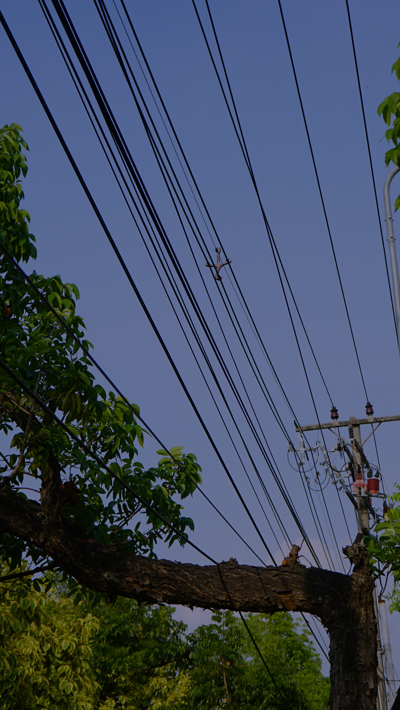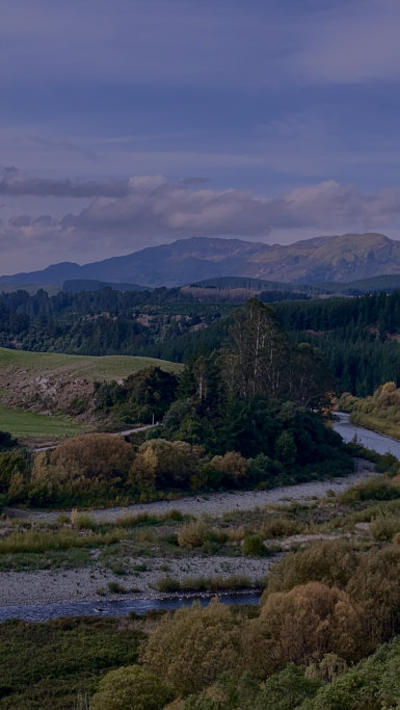Speak to our experts
Contents
The Government has adopted the broad approach recommended by the Randerson Panel to replace the Resource Management Act (RMA) but anticipates departing from the Panel’s advice in some areas.
As signalled, three Acts will be developed:
- a National and Built Environments Act (NBEA) which Environment Minister David Parker sees as “the core piece of legislation replacing the RMA”
- a Strategic Planning Act (SPA) which will integrate functions under the RMA, the Local Government Act 2002, the Land Transport Management Act 2003 and the Climate Change Response Act 2002 to enable clearer and more efficient decision-making and investment, and
- a Climate Change Adaptation Act to address issues around managed retreat and financing adaptation.
Parker hopes to introduce both the NBEA and the SPA into Parliament before the end of this year, and to have them passed by the end of 2022.
Special process for NBEA
Because of the NBEA’s perceived “significance and complexity”, the Government plans to develop an exposure draft which will be subject to a select committee inquiry and public consultation ahead of the Bill being introduced to the House.
The draft will contain the main structure and indicative headings of the final NBEA and will also reflect Cabinet decisions to date and any subsequent decisions through to April by a specially formulated and high-powered Ministerial Oversight Group.
Members are: Grant Robertson (Finance), Chair; Parker (Environment), Deputy Chair; Kelvin Davis (Māori Crown Relations); Megan Woods (Housing); Nanaia Mahuta (Local Government); Poto Williams (Building and Construction); Damien O’Connor (Agriculture); Willie Jackson (Māori Development); Michael Wood (Transport); Kiri Allan (Conservation); Phil Twyford (Associate Environment), and James Shaw (Climate Change).
Decisions already signed off by Cabinet
The Cabinet has made a series of high level decisions to allow the reform exercise to begin.
These include agreeing to the following reform objectives:
- to protect and, where necessary, restore the natural environment for the wellbeing of present and future generations
- to better enable development within environmental biophysical limits, including a significant improvement in housing supply, affordability and choice, and the timely provision of appropriate infrastructure
- to give effect to the principles of Te Tiriti o Waitangi and provide greater recognition of te ao Māori, including mātauranga Māori
- to better prepare for adapting to climate change and natural hazard risks, and to better mitigate emissions, and
- to improve system efficiency and effectiveness while retaining appropriate local democratic input.
Cabinet has also agreed that the exposure draft will include:
- the purpose and supporting provisions of the NBEA
- the proposal to establish a mandatory set of national policies and standards to support the establishment of the environmental biophysical limits, outcomes and targets specified in the NBEA
- introducing a single planning document for each region (consolidating existing documents down to about 14, provisionally called Natural and Built Environment Plans).
Feedback and input opportunities
The Government plans substantial engagement with Māori through the Māori Collective (comprising the National Iwi Chairs Forum, the New Zealand Māori Council, Te Wai Māori Trust, Kahui Wai Māori, and the Federation of Māori Authorities).
It has also instructed the Ministry for the Environment (MfE) to develop a plan to engage with local government.
Other stakeholders and members of the public will have at least two opportunities to provide input – to the select committee inquiry on the exposure draft and through the normal submissions process as the three Bills go through the House.
Timeline
- Cabinet to sign off the exposure draft in May 2021 for presentation to the House.
- The select committee to undertake its inquiry (the Cabinet Paper has no timeframe for this). It will report its findings to the House, after which the Minister will bring to Cabinet his advice on the committee’s recommendations.
- While the committee is doing its work, the Ministerial Oversight Group will continue its own deliberations. The Minister to bring “all remaining policy decisions” arising from this workstream to the Cabinet in the second half of this year.
- The National and Built Environments Bill and the Strategic Planning Bill are to be in the House before the end of this year for passage in late 2022. The Cabinet Paper notes that the completion of the legislation is only the beginning, and that implementation “will take a number of years”.
MfE will take the lead on the NBEA. The SPA may be led by the Minister for Public Service (Chris Hipkins) because of its connection with other statutes. James Shaw will lead the Climate Change Adaptation Bill.
Our comment
We are pleased that the Government will produce a draft exposure bill.
We pushed for this in the firm’s Infrastructure Trends & Insights publication last year, on the grounds that this will be foundation legislation which will reach across every aspect of the economy and which will have a large technical content requiring careful drafting.
But the fact that there will be workstreams going on in tandem – the committee inquiry largely in public and the Ministerial Oversight Group’s work largely in private – creates scope for difficulties, including around consistency and efficiency. The challenge for the Government will be to minimise these risks by ensuring that decision-making is as transparent as possible.






















































